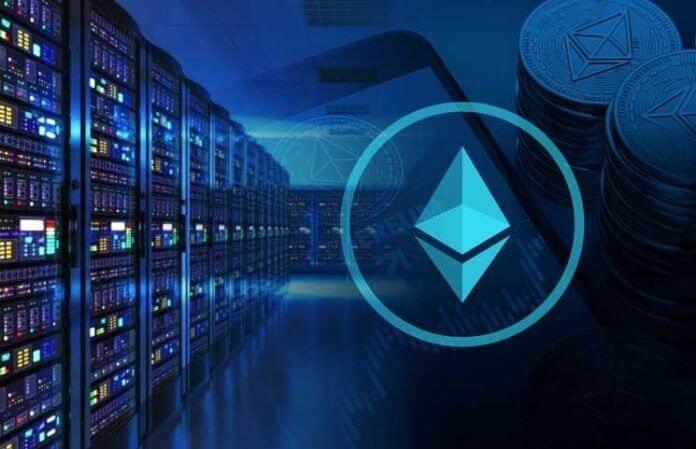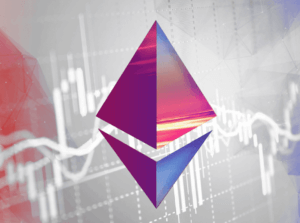
Ethereum’s ongoing development is an esoteric subject for crypto fans and even Ethereum enthusiasts. These updates are vitally important for Ethereum, even so. In a recent bi-weekly meeting, Ethereum developers debated various protocol updates, which would change the way Ethereum is mined forever.
Ethereum (ETH) has always been conducted much like Bitcoin mining. Ethereum miners user powerful computers to find codes that validate blocks in the blockchain and unlock a reward of new ETH tokens. But Ethereum mining consumes enormous electricity resources. It is also thought to be insecure, as 51% attacks become a real future possibility.

Thus, Ethereum developers, miners, and community members are discussing how to advance toward a miner-less Proof-of-Stake system at a future hard fork. POS has been the long-term plan of Vitalik Buterin and other core developers for many months, but how to reach this point without undermining key community cohorts remains controversial.
Three major EIPs (Enterprise Integration Patterns) were discussed. One option would reduce Ethereum mining rewards from 3 ETH to 1. Another would see the mining reward lowered to 2 ETH. Another would keep the Ethereum mining reward the same, while cutting mining incentives elsewhere. No solution received majority consensus.
Further debate surrounded the possibility of reducing Ethereum coin introduction rates, or capping the total possible supply completely.
In general, challenges to key Ethereum groups are as follows:
Ethereum Investors
Those who buy Ethereum might see temporary price turmoil if mining rewards were reduced or mining otherwise de-incentivized. A cap on total supply would eliminate inflation, however, and might increase prices in the long term, providing further reasons to buy Ethereum.
Ethereum Miners
Ethereum miners obviously depend on mining rewards. Miners may not always make the transition to Ethereum stakeholders, so some resist mining reward reductions and the upcoming “Difficulty Bomb” entirely.
Ethereum Developers
Many Ethereum developers are paid in ETH. Capping mining production or reducing rewards could adversely affect available supply to serve as salary. However, the new stakeholder model could increase the price of Ethereum overall, so developers could possibly become richer while receiving fewer Ethereum tokens as pay.
Clearly, these debates are not over. The community did agree to hard forks occurring once every eight months, with the first happening this October. Debates will likely not be rushed simply for inclusion in an upcoming hard fork. Nonetheless, it seems inevitable that a reduction in Ethereum mining supremacy will happen eventually.
Featured image source: Flickr

